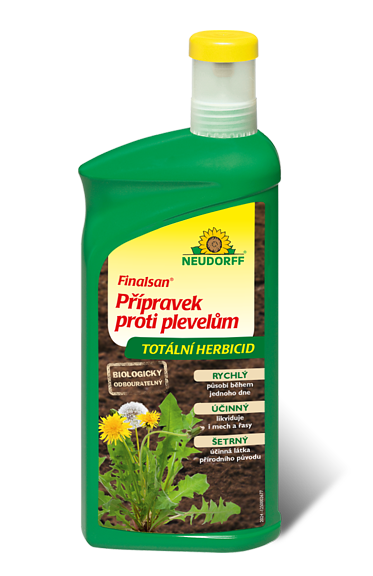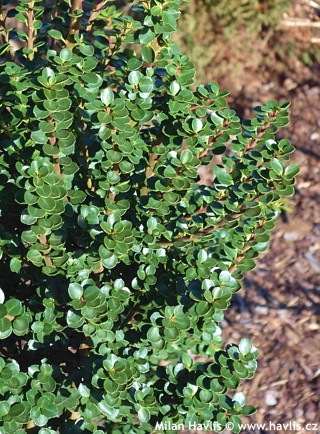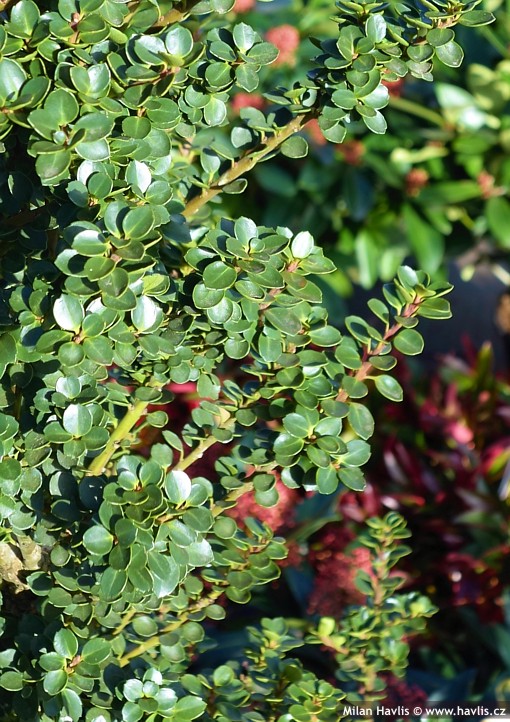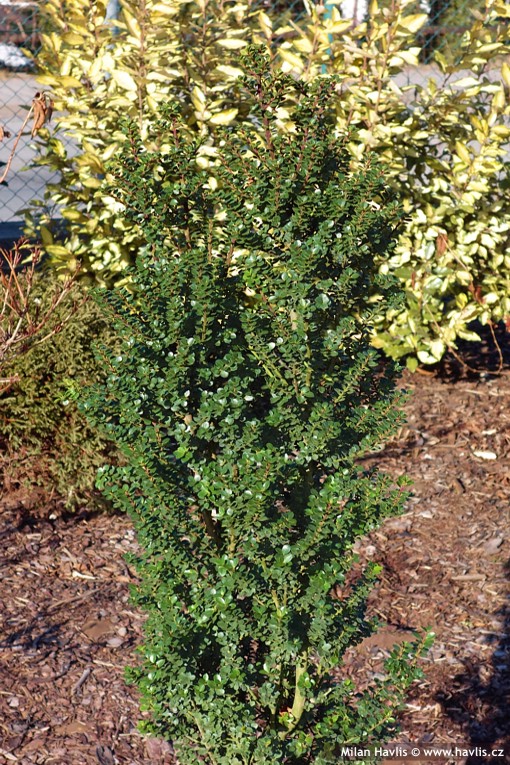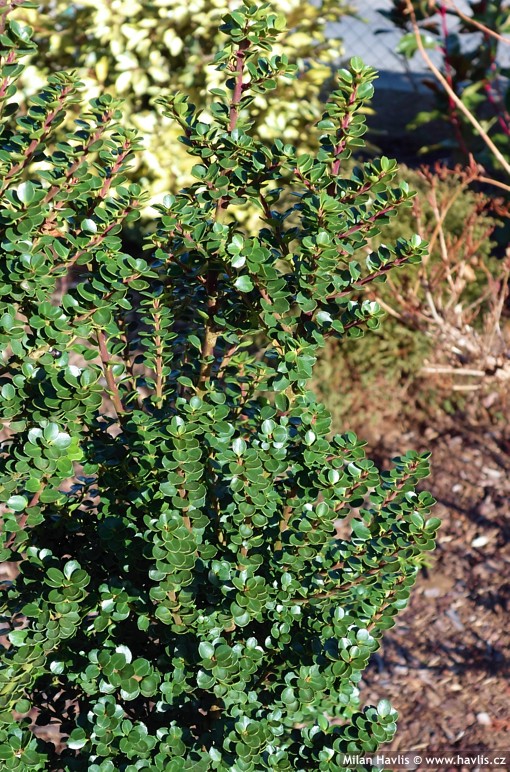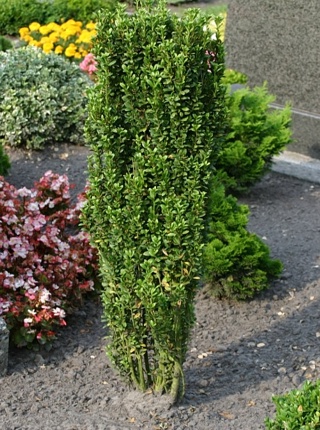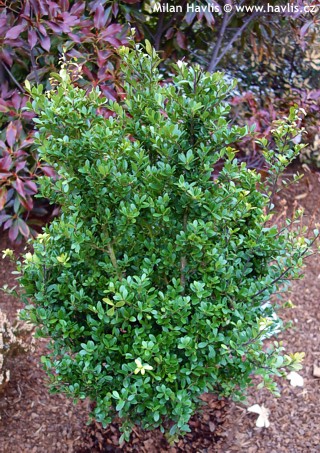Ilex crenata 'MARIESII' Japanese holly, box-leaved holly
Ilex
The genus Ilex, commonly known as holly, is very extensive and includes more than 400 species of evergreen and deciduous shrubs and trees, distributed from the tropics of South America through the subtropics of Asia to the temperate zones of Europe. In addition to the possibility of variegated foliage, their greatest advantage is evergreen character, at least in most species, which makes them an excellent complement to deciduous trees and shrubs during the dormant season. Moreover, many hollies naturally lack spines, which will please those who dislike prickly shrubs. The most horticulturally significant are the East Asian species, among which the Japanese holly (Ilex crenata) stands out. This species was described in 1784 by the Swedish botanist Carl Peter Thunberg (1743–1828) during his stay in Japan.
Japanese hollies are very useful and elegant evergreen shrubs that many people at first glance mistake for boxwoods or honeysuckles because of their small, glossy leaves. This very resemblance has predestined them to become the ideal replacement for true boxwoods, which in Europe are gradually disappearing under the pressure of the massive invasion of the box tree moth and due to the fungal disease known as box blight, which has been devastating plantings especially in the British Isles. Japanese hollies, however, are thornless, offer a wide range of shapes and sizes, and require only minimal care. Since they are naturally quite variable, new mutations and cultivars often appear, each slightly different from the last – and every novelty is, of course, a welcome delight.
Mariesii is among the oldest and best-known dwarf forms of Japanese holly, introduced to Europe as early as the late 19th century. It was named in honour of the British plant collector Charles Maries (1851–1902), who worked in Japan and China and became renowned for his collaboration with the Veitch nursery. Around 1879 he brought back this exceptionally miniature holly, which also appears in the literature under the name Ilex nummularioides (later listed as Ilex crenata var. nummularioides).
Its growth is extremely slowly – just a few centimeters per year. The leaves are almost round to broadly ovate, only about half an inch wide, sometimes entire, sometimes with a pair of shallow teeth near the tip. They look like tiny scales or little mirrors reflecting the sun’s rays. Their glossy, dark green color lends the plant a lush and elegant appearance. Short, sturdy, reddish twigs are densely clothed in foliage, and with a bit of imagination the whole shrub resembles a green coral reef. In mid-spring, small creamy-white flowers appear; if a male plant is nearby, these are followed in autumn by tiny black berries on short stalks, a welcome food source for birds.
‘Mariesii’ is a traditional and time-tested cultivar, best used as a specimen in small plantings, in rock gardens, Japanese-style gardens, or in containers. Thanks to its compact but not excessively miniature habit, it usually grows to 1–1.5 m in height and width, making it suitable even for smaller gardens where it provides year-round greenery without the need for pruning. Unlike the modern ‘Dwarf Pagoda’, which serves as a collector’s bonsai jewel, ‘Mariesii’ presents itself as a fine-leaved, elegant shrub with a naturally calming silhouette.
Japanese holly is tolerant of most soil types except heavy clay, but it thrives best in well‑drained, evenly moist, acidic soil, occasionally enriched with slow‑release fertilizer. It has a strong root system that copes better with poorer conditions than English hollies and adapts easily to the limited root space of containers without showing signs of stress or drought. It is hardy to about −27 °C (USDA zone 5) and is also suitable for outdoor planters with good drainage and where it requires more frequent but careful watering, including during frost‑free winter days.
Last update: 27-01-2016; 05-10-2025






























